Home>Construction & Tools>Building Materials>How To Insulate Brick
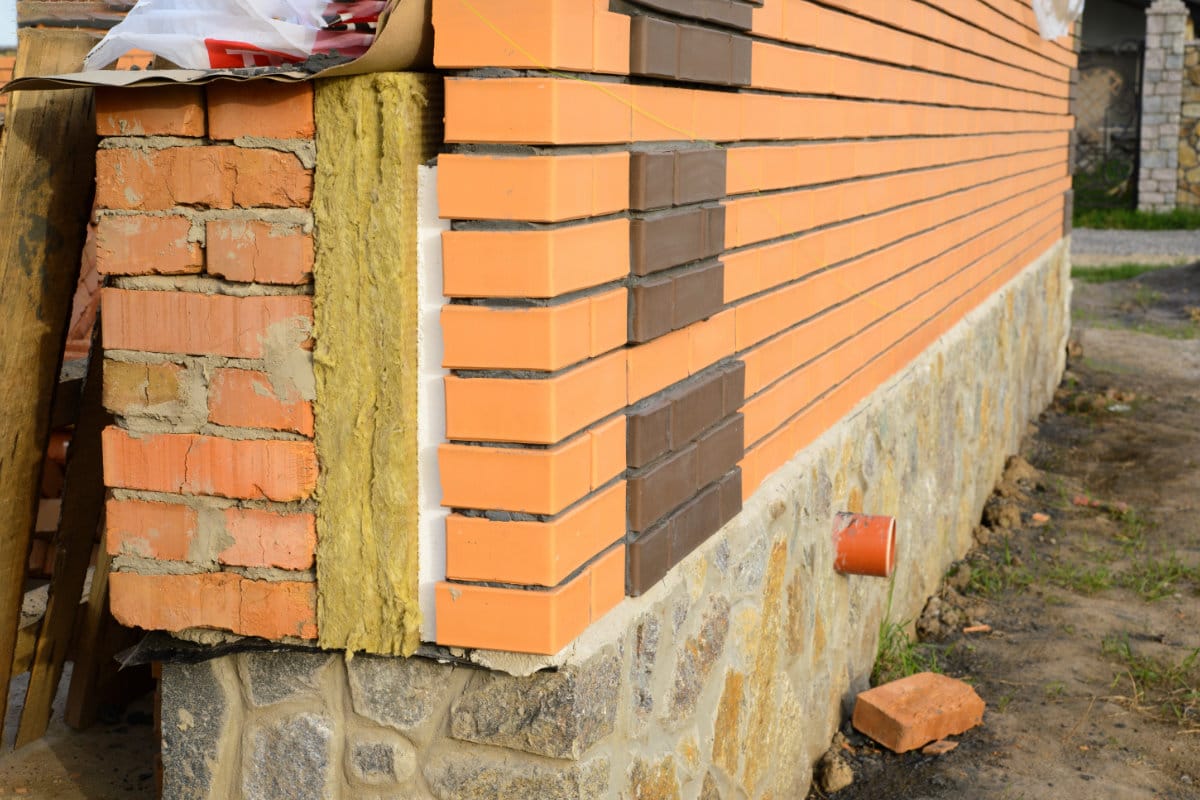

Building Materials
How To Insulate Brick
Modified: February 18, 2024
Learn how to insulate brick with the right building materials. Find out the best methods and products for insulating your brick walls effectively.
(Many of the links in this article redirect to a specific reviewed product. Your purchase of these products through affiliate links helps to generate commission for Storables.com, at no extra cost. Learn more)
Introduction
Welcome to the world of brick insulation! In this comprehensive guide, we will delve into the art and science of insulating brick structures. Whether you are a homeowner looking to improve energy efficiency, a builder seeking to enhance construction techniques, or a DIY enthusiast eager to learn about insulation, this article is your go-to resource. We will explore the importance of insulating brick, the various types of insulation available, essential considerations before embarking on this project, and a step-by-step guide to insulating brick effectively. By the end of this journey, you will be equipped with the knowledge and confidence to tackle brick insulation projects with ease.
Key Takeaways:
- Insulating brick structures enhances energy efficiency, protects against moisture and noise, and ensures structural longevity, making it a crucial investment for comfortable and sustainable buildings.
- Before insulating brick, consider factors like building codes, moisture management, and environmental impact. Follow systematic steps for effective insulation, ensuring optimal thermal performance and durability.
Read more: How To Insulate A Brick House
Understanding the Importance of Insulating Brick
Brick, a timeless building material cherished for its durability and aesthetic appeal, is a staple in construction projects worldwide. However, without proper insulation, brick structures can pose significant challenges in terms of energy efficiency and thermal comfort. Insulating brick plays a pivotal role in mitigating these issues, offering a host of benefits that extend far beyond mere temperature regulation.
Enhanced Energy Efficiency: Insulating brick structures effectively minimizes heat transfer, thereby reducing the reliance on heating and cooling systems. This, in turn, leads to lower energy consumption and decreased utility costs, making insulation a financially savvy investment in the long run.
Moisture Management: Insulation acts as a barrier against moisture infiltration, safeguarding the integrity of the brickwork. By preventing moisture buildup, insulation helps mitigate the risk of mold, mildew, and structural decay, thereby prolonging the lifespan of the brick structure.
Noise Reduction: Insulating brick not only regulates temperature but also provides acoustic insulation, dampening external noise and creating a more serene indoor environment. This is particularly beneficial for homes or buildings located in bustling urban areas.
Structural Protection: Insulation shields brick structures from extreme temperature fluctuations, which can lead to expansion and contraction, potentially compromising the structural integrity over time. By maintaining more stable temperatures, insulation contributes to the longevity of the brickwork.
Understanding the multifaceted significance of insulating brick underscores the transformative impact it can have on the comfort, sustainability, and longevity of structures. Whether it’s a residential abode, commercial edifice, or heritage building, the advantages of brick insulation are undeniable, making it an indispensable consideration in construction and renovation projects.
Types of Insulation for Brick
When it comes to insulating brick structures, various insulation materials and methods are available, each offering distinct advantages suited to different applications and budgets. Understanding the characteristics of these insulation types is crucial in determining the most suitable option for your specific needs. Let’s explore some common types of insulation for brick:
- Spray Foam Insulation: This versatile insulation material is applied as a liquid, which then expands to form a continuous, airtight barrier. Its exceptional insulating properties and ability to seal gaps make it an ideal choice for insulating brick walls, offering high R-values and effective moisture resistance.
- Fiberglass Insulation: Composed of fine glass fibers, this widely used insulation material is available in batts, rolls, or loose-fill form. It provides excellent thermal performance, is cost-effective, and can be installed in various wall cavities, making it a popular choice for insulating brick structures.
- Mineral Wool Insulation: Made from natural or synthetic minerals, such as rock or slag, mineral wool insulation offers superb fire resistance and sound absorption properties. It is also moisture-resistant, making it a durable option for insulating brick walls, particularly in areas prone to high humidity.
- Rigid Foam Insulation: Available in extruded polystyrene (XPS) and expanded polystyrene (EPS) forms, rigid foam insulation provides high thermal resistance and moisture resistance. It is well-suited for insulating exterior brick walls and foundations, offering excellent long-term thermal performance.
- Cellulose Insulation: Composed of recycled paper fibers treated with fire-retardant chemicals, cellulose insulation is an eco-friendly option with good thermal performance. It can be blown into wall cavities, conforming to irregular shapes and effectively insulating brick structures.
Each type of insulation presents unique attributes, and the choice of material should align with the specific requirements of the brick structure, environmental considerations, and budget constraints. Additionally, consulting with insulation professionals can provide valuable insights into the most suitable insulation type for your project, ensuring optimal performance and long-term benefits.
Consider using spray foam insulation to fill in the gaps and cracks in the brick walls. This will create a barrier against heat transfer and help to insulate the space effectively.
Factors to Consider Before Insulating Brick
Before embarking on a brick insulation project, it is essential to consider several key factors that can significantly impact the effectiveness and success of the endeavor. By carefully evaluating these aspects, you can make informed decisions and ensure that the insulation process aligns with the specific needs and characteristics of the brick structure. Here are the crucial factors to consider before insulating brick:
- Building Codes and Regulations: Familiarize yourself with local building codes and regulations pertaining to insulation requirements for brick structures. Compliance with these standards is essential to ensure the safety, performance, and legal adherence of the insulation installation.
- Insulation R-Value: Assess the desired thermal resistance (R-value) needed for the brick structure based on its location, climate, and intended use. Understanding the recommended R-value for insulation in your region can guide the selection of suitable insulation materials and thickness to achieve optimal energy efficiency.
- Moisture Management: Evaluate the potential moisture sources and moisture control measures within the brick structure. Proper moisture management is critical to prevent condensation, mold growth, and structural deterioration, necessitating the use of moisture-resistant insulation materials and ensuring adequate ventilation and drainage systems.
- Existing Insulation and Condition of Brickwork: If the brick structure has existing insulation, assess its condition and effectiveness. Additionally, inspect the integrity of the brickwork, identifying any damage, cracks, or areas of concern that may require repair or remediation before the insulation process begins.
- Structural Compatibility: Consider the compatibility of insulation materials with the specific characteristics of brick construction, such as load-bearing capacity, expansion and contraction properties, and attachment methods. Ensuring that the chosen insulation type aligns with the structural requirements of the brickwork is essential for long-term performance and stability.
- Environmental Impact and Sustainability: Take into account the environmental impact of insulation materials, opting for eco-friendly options with minimal carbon footprint and sustainable attributes. Prioritizing insulation materials with high recycled content and low embodied energy contributes to environmentally responsible construction practices.
By carefully evaluating these factors and addressing any pertinent considerations specific to your project, you can lay a solid foundation for a successful and effective brick insulation endeavor. This proactive approach not only enhances the performance and longevity of the brick structure but also ensures that the insulation aligns with regulatory standards and environmental stewardship.
Steps to Insulate Brick
Insulating brick structures involves a systematic process that encompasses preparatory measures, material selection, and precise installation techniques. By following these essential steps, you can effectively insulate brick walls, ensuring optimal thermal performance and long-term durability. Let’s explore the sequential stages of insulating brick:
- Assessment and Preparation: Begin by conducting a thorough assessment of the brick structure, identifying any existing insulation, moisture issues, or structural concerns. Prepare the work area by clearing obstructions, ensuring proper ventilation, and addressing any necessary repairs or maintenance of the brickwork.
- Material Selection: Select the appropriate insulation material based on the specific requirements of the brick structure, considering factors such as R-value, moisture resistance, and environmental impact. Consult with insulation professionals to determine the most suitable material for the project.
- Surface Preparation: Clean the brick surface to remove dirt, debris, and any contaminants that may hinder proper adhesion of the insulation material. Repair any cracks or damage to the brickwork and ensure that the surface is smooth and free of irregularities.
- Application of Insulation: Depending on the chosen insulation type, follow the manufacturer’s guidelines for application. Whether it involves spraying foam insulation, installing batts or rolls, or blowing in loose-fill insulation, ensure precise and uniform coverage to optimize thermal performance.
- Air Sealing and Vapor Barrier: Implement air sealing measures to prevent air leakage and drafts, enhancing the overall efficiency of the insulation. Additionally, consider the installation of a vapor barrier to manage moisture and prevent condensation within the insulated space.
- Quality Assurance and Inspection: Thoroughly inspect the installed insulation for any gaps, voids, or inconsistencies. Verify that the insulation achieves the desired R-value and conforms to industry standards. Address any deficiencies promptly to ensure the effectiveness of the insulation system.
- Finishing Touches: Complete the insulation process by applying finishing materials, such as drywall or paneling, to encapsulate the insulation and create a visually appealing interior surface. Ensure that the finishing materials complement the overall design and functionality of the insulated space.
By meticulously following these steps and adhering to best practices in insulation installation, you can achieve a well-insulated brick structure that delivers superior thermal performance, energy efficiency, and structural resilience. Additionally, seeking professional guidance and leveraging industry expertise can further enhance the quality and effectiveness of the insulation process.
Conclusion
As we conclude this exploration of insulating brick structures, it becomes evident that the art of insulation transcends mere temperature regulation, encompassing energy efficiency, structural integrity, and environmental stewardship. The importance of insulating brick cannot be overstated, as it offers a myriad of benefits that contribute to the comfort, sustainability, and longevity of buildings.
By understanding the significance of insulation and familiarizing oneself with the diverse types of insulation materials available, individuals and professionals alike can make informed decisions when embarking on brick insulation projects. From spray foam and fiberglass to mineral wool and cellulose, the array of options enables tailored solutions to meet the unique needs of brick structures.
Furthermore, the thoughtful consideration of factors such as building codes, moisture management, and environmental impact underscores the conscientious approach required for successful brick insulation endeavors. By addressing these considerations, one can ensure that the insulation process aligns with regulatory standards, environmental responsibility, and the specific characteristics of the brick structure.
The systematic steps involved in insulating brick, from assessment and material selection to application and quality assurance, provide a roadmap for achieving optimal thermal performance and long-term durability. By following these steps and leveraging professional expertise, individuals can navigate the insulation process with confidence, resulting in well-insulated brick structures that stand the test of time.
As we look to the future of construction and sustainable building practices, the role of insulation in enhancing energy efficiency, mitigating environmental impact, and fostering occupant comfort becomes increasingly pronounced. Embracing the principles of effective insulation for brick structures signifies a commitment to creating spaces that are not only resilient and efficient but also conducive to the well-being of occupants and the planet.
In essence, insulating brick is more than a technical endeavor; it is a testament to the fusion of craftsmanship, innovation, and environmental consciousness, shaping the built environment for generations to come.
Frequently Asked Questions about How To Insulate Brick
Was this page helpful?
At Storables.com, we guarantee accurate and reliable information. Our content, validated by Expert Board Contributors, is crafted following stringent Editorial Policies. We're committed to providing you with well-researched, expert-backed insights for all your informational needs.
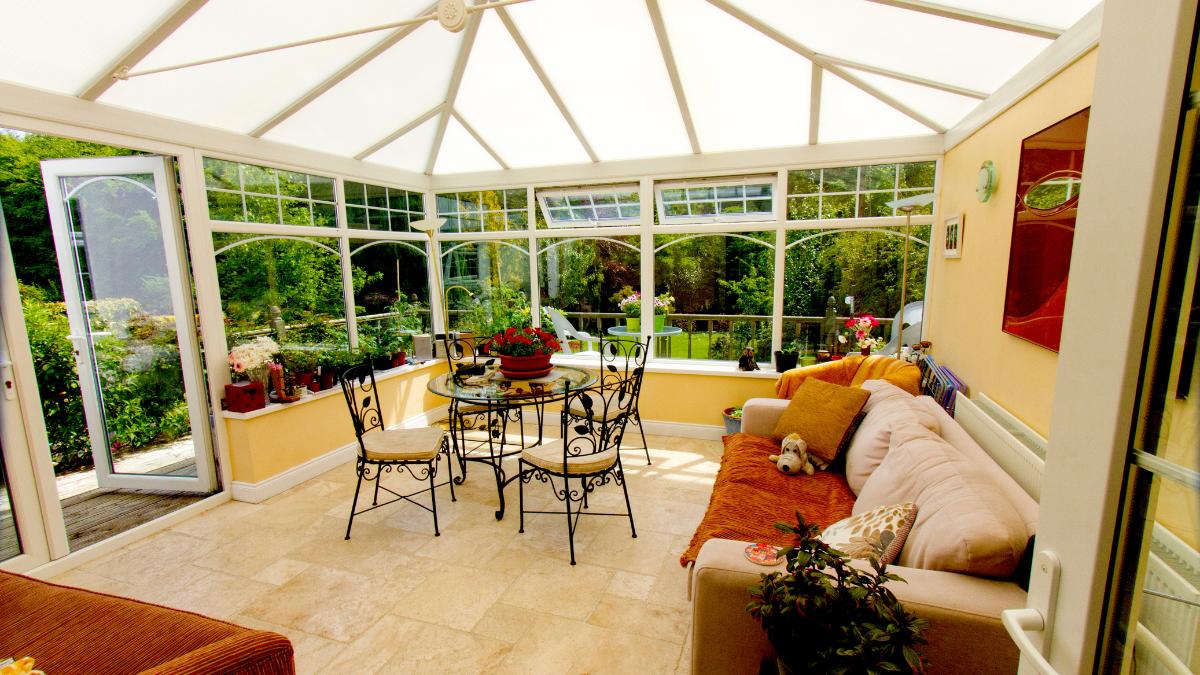
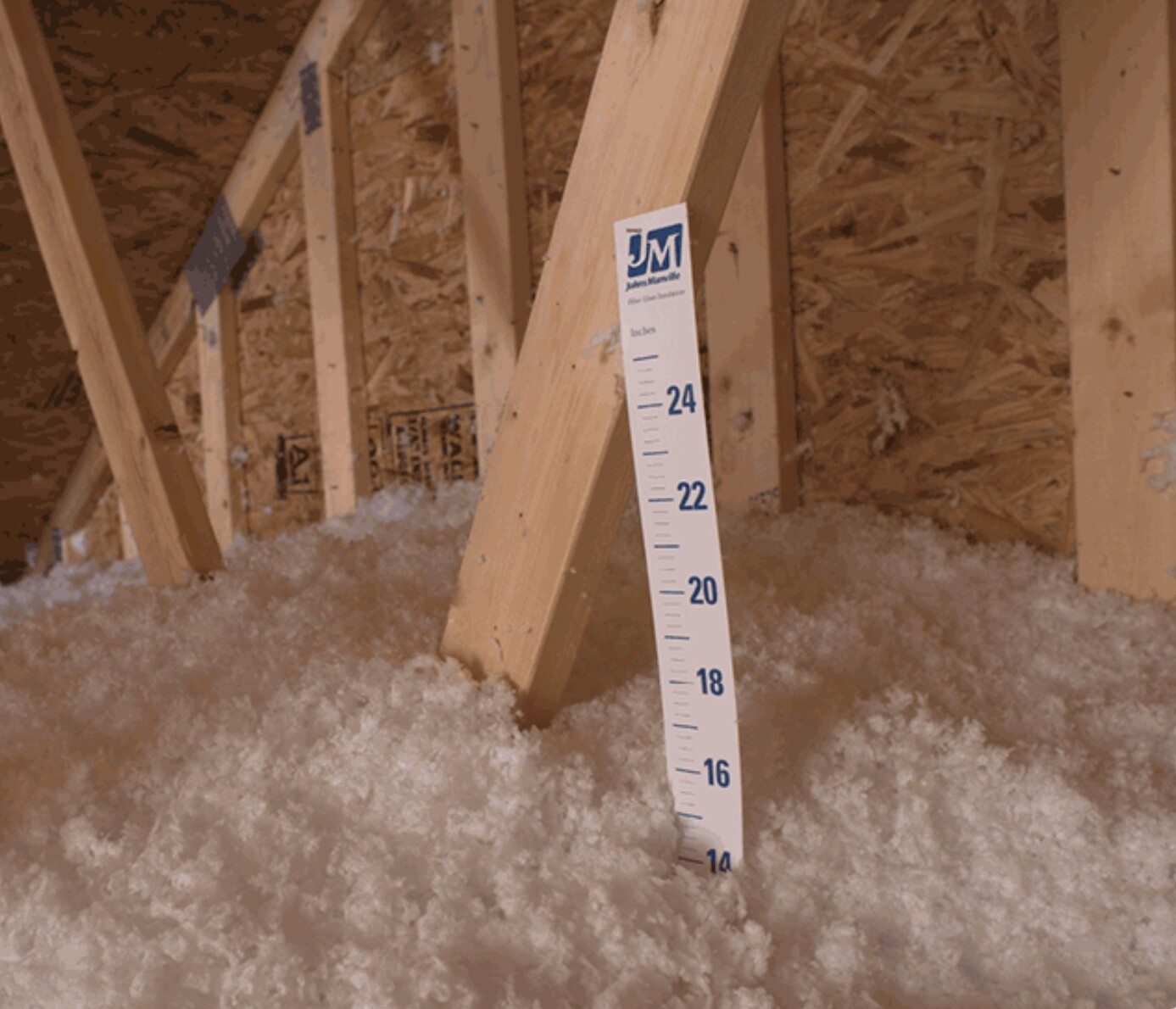
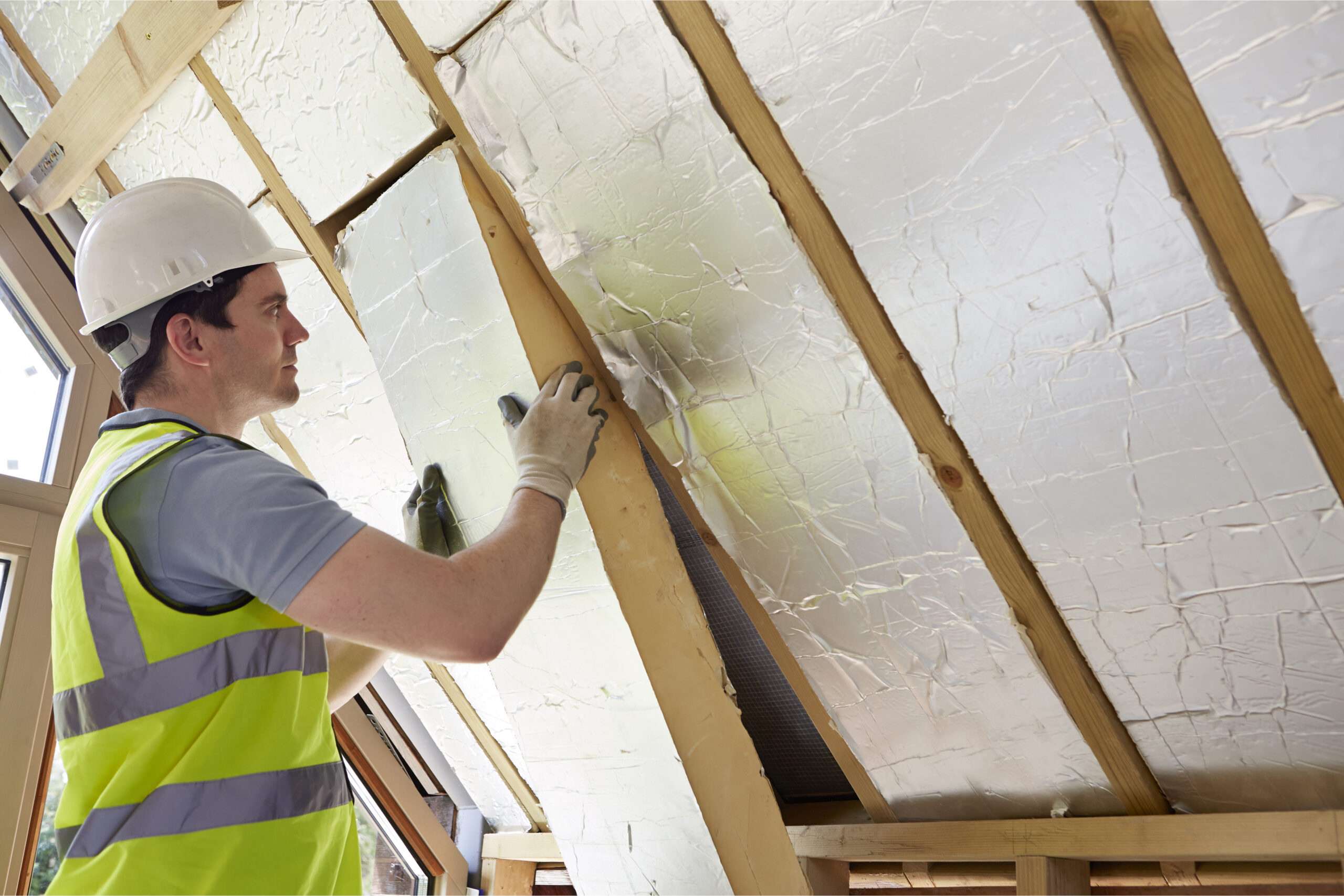
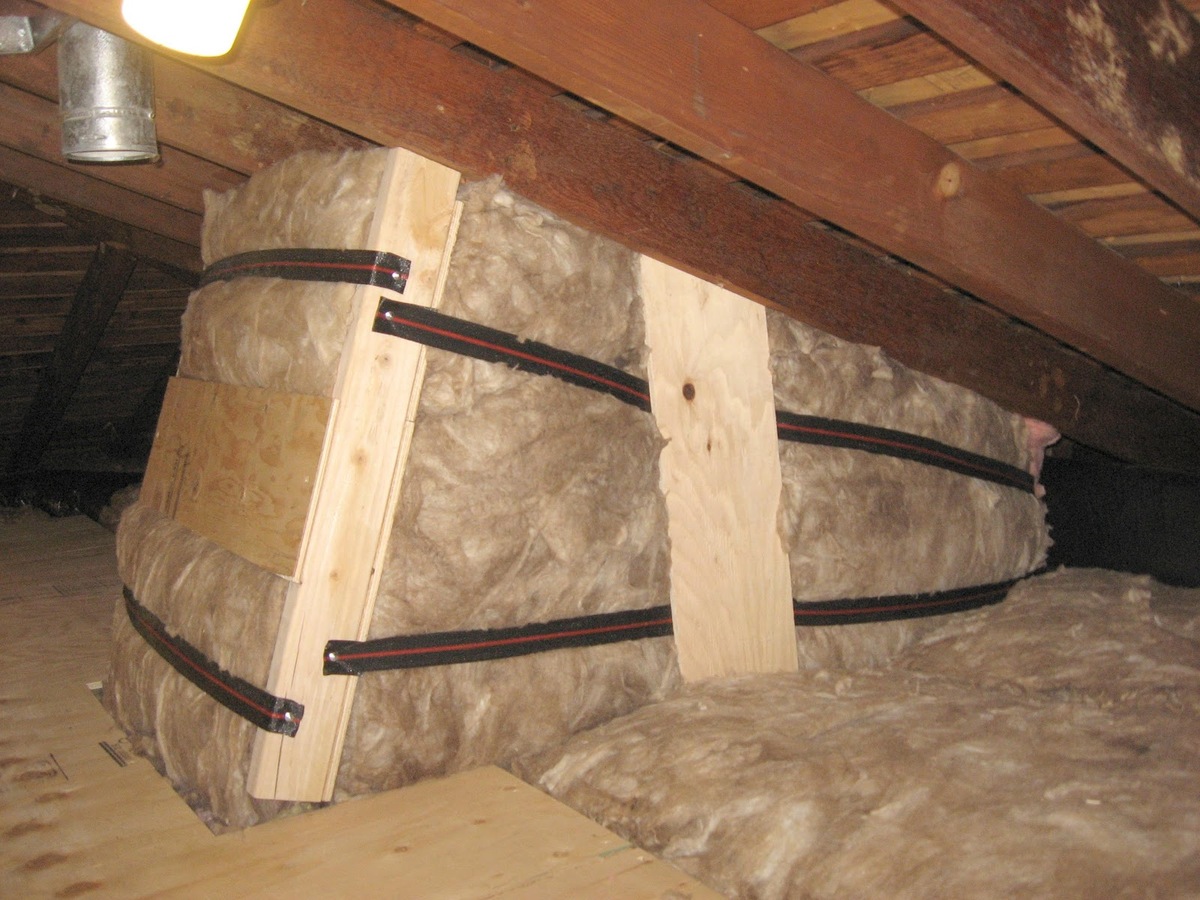
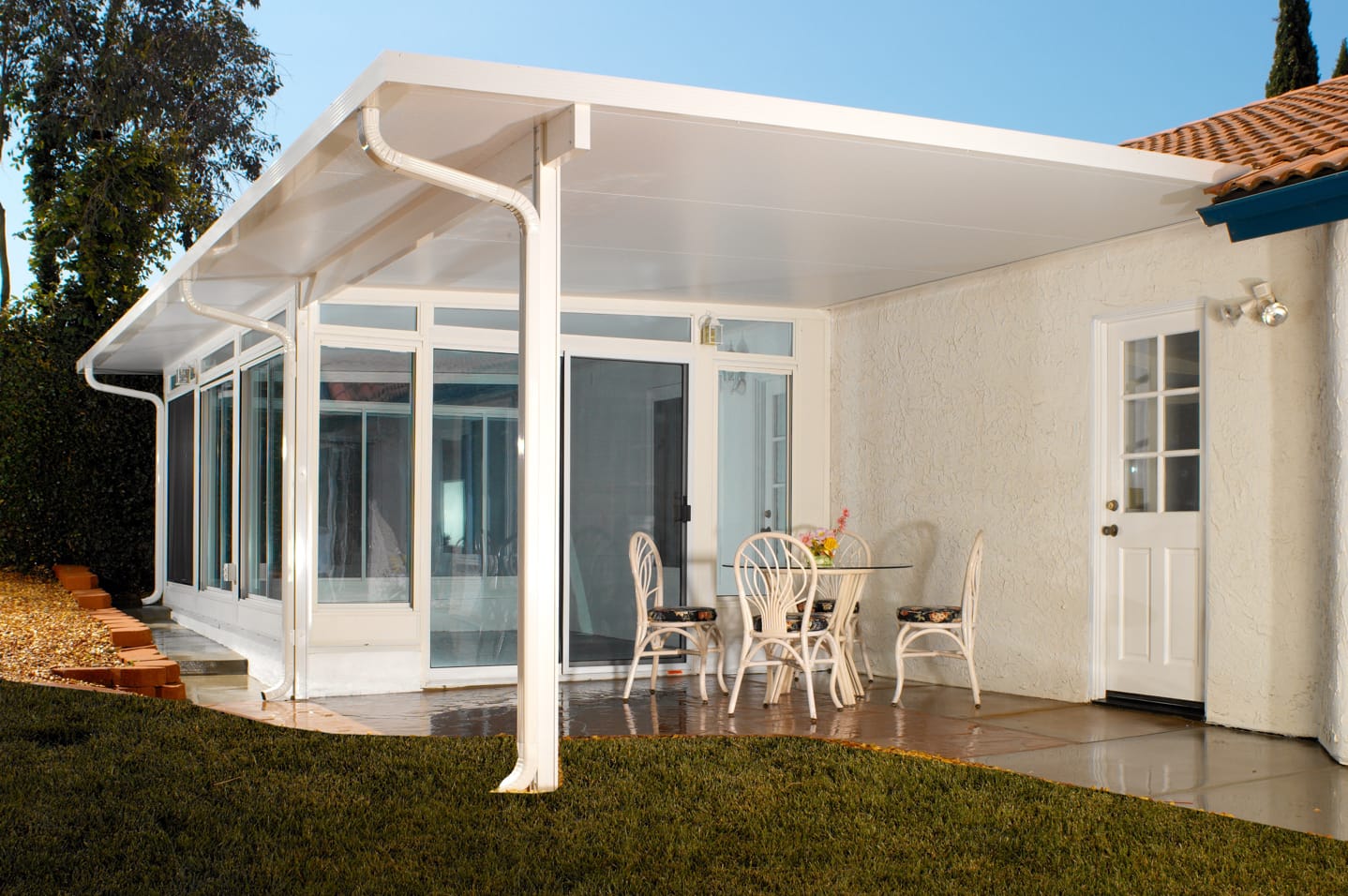
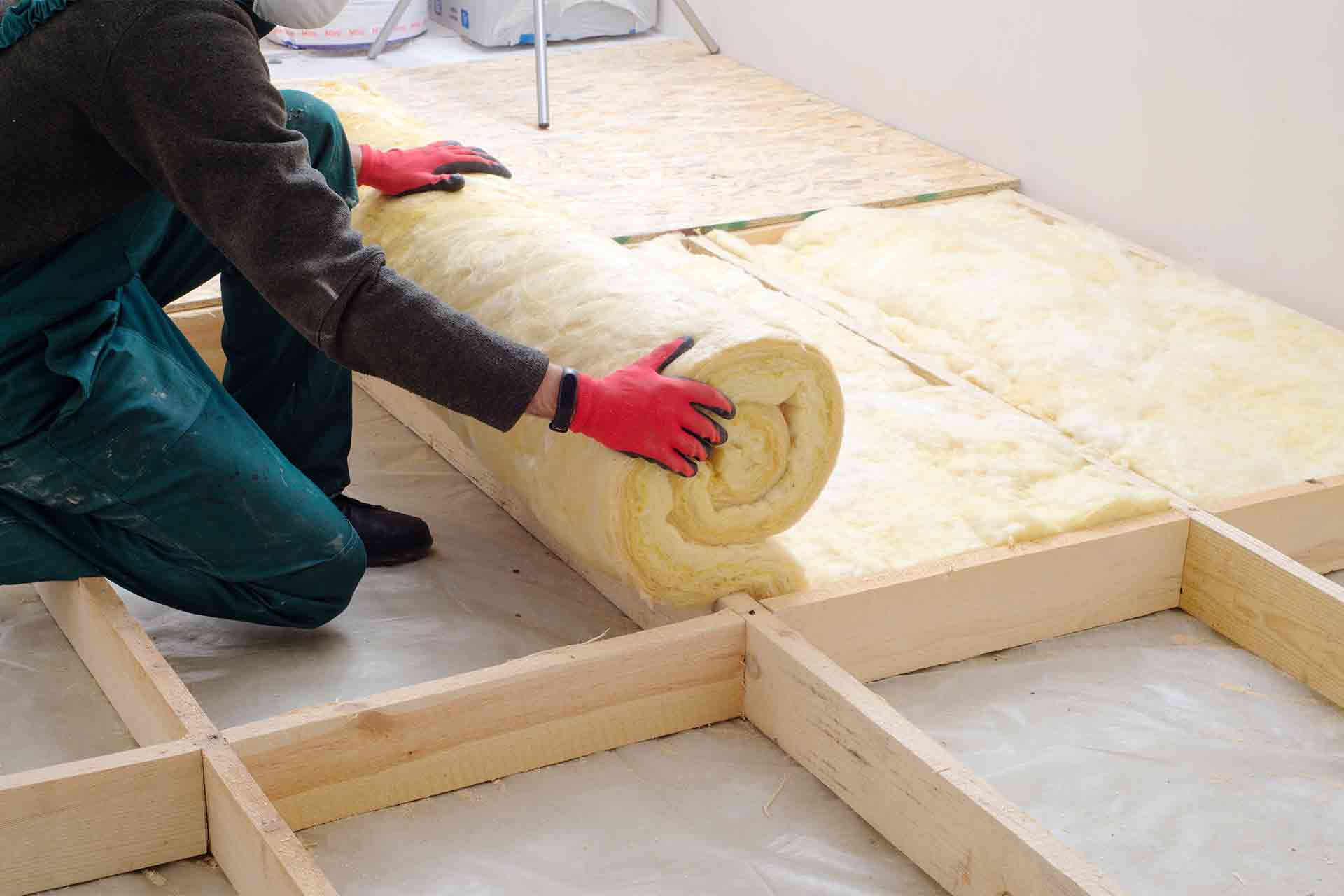
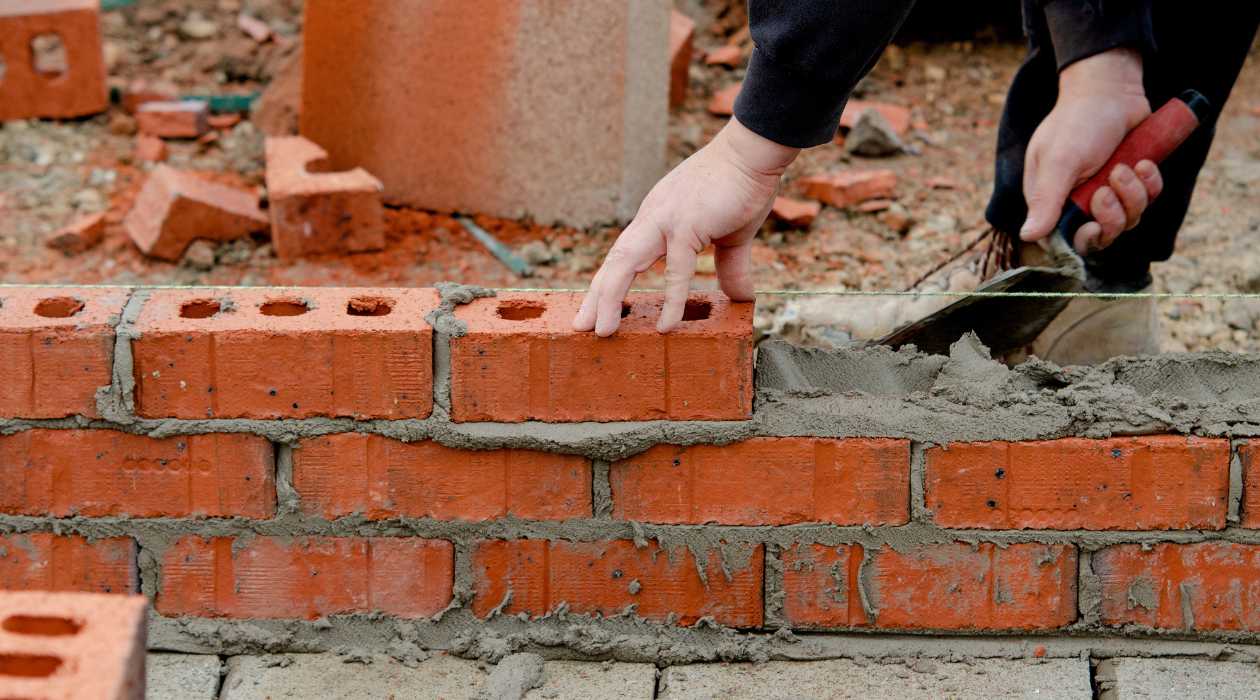
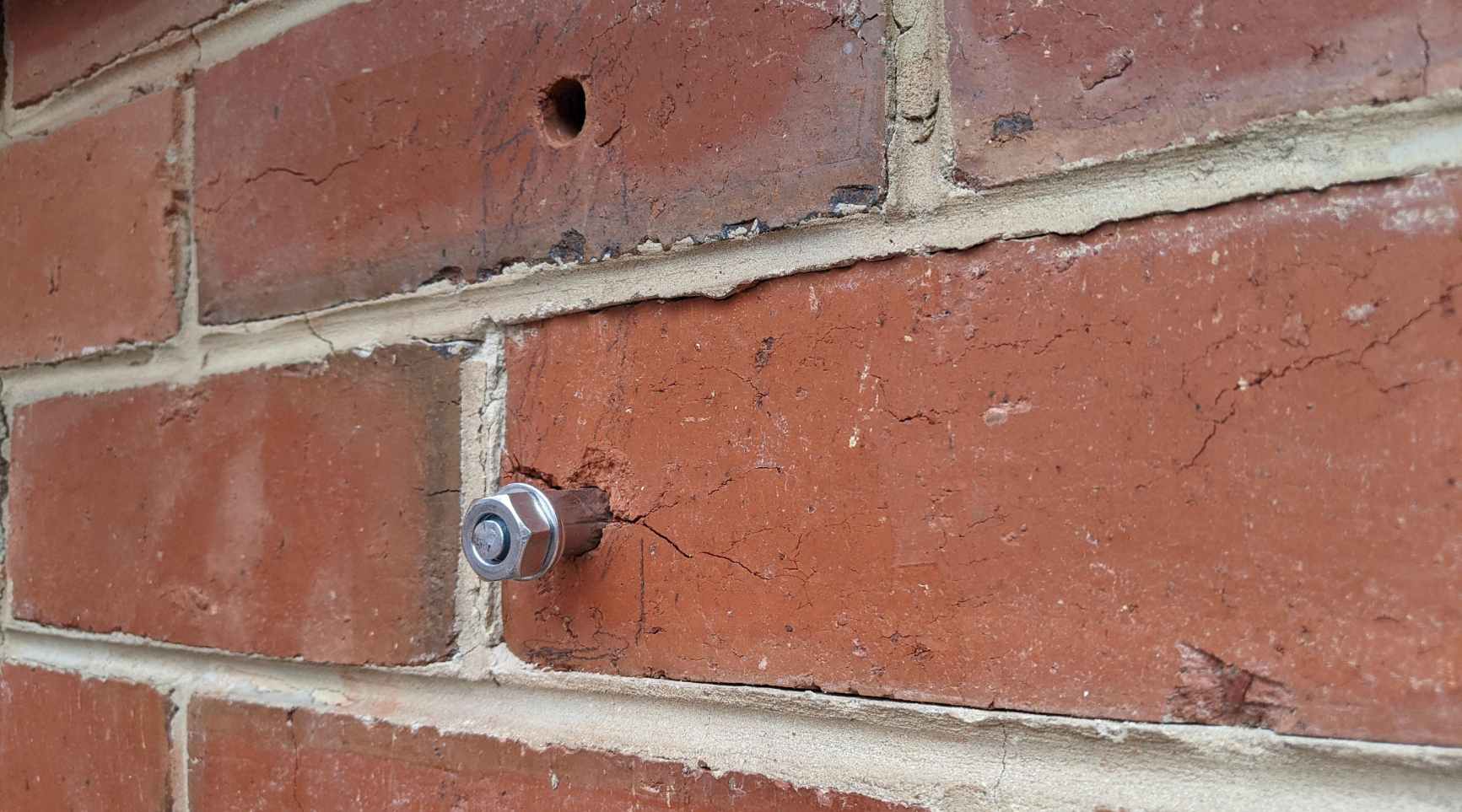
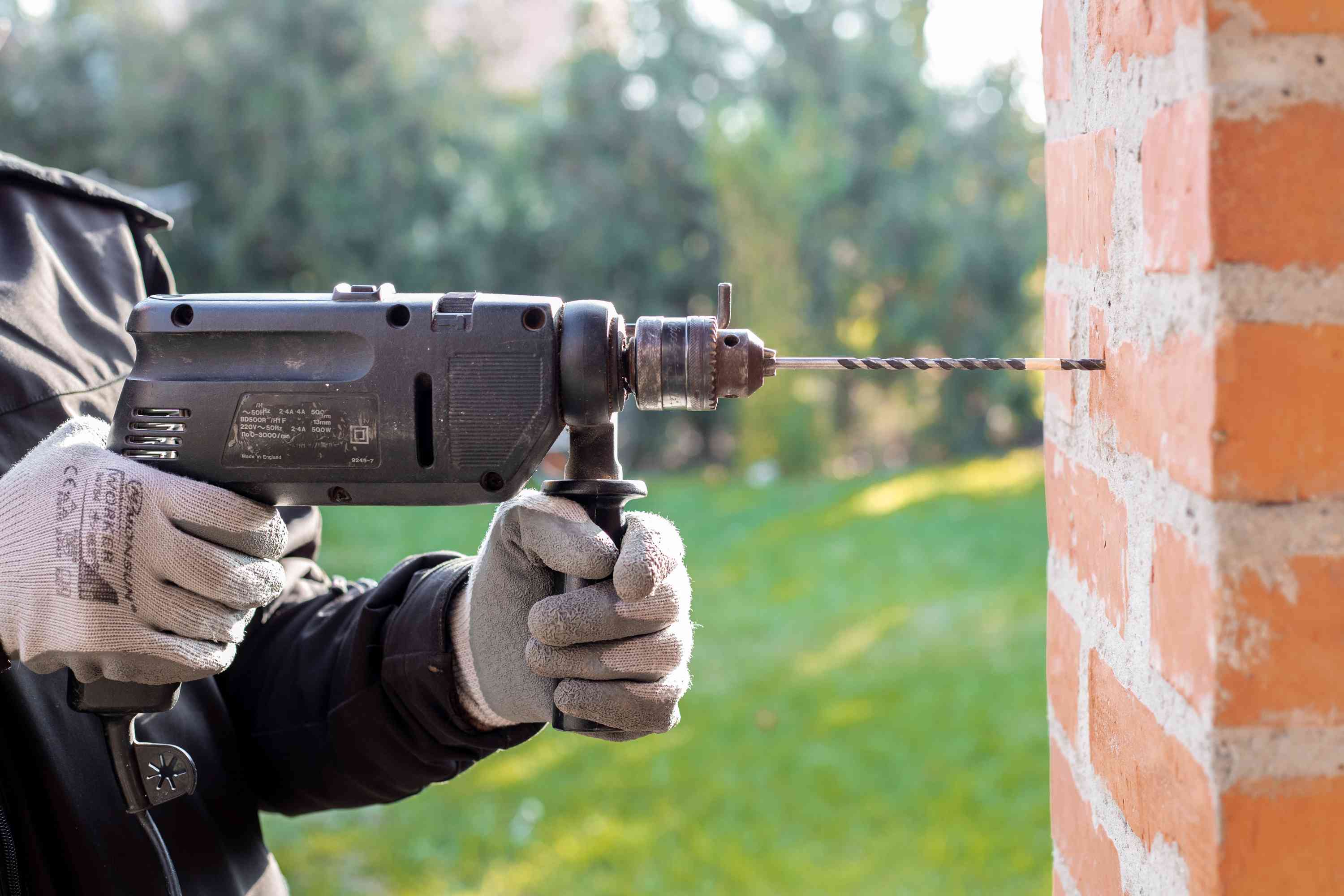
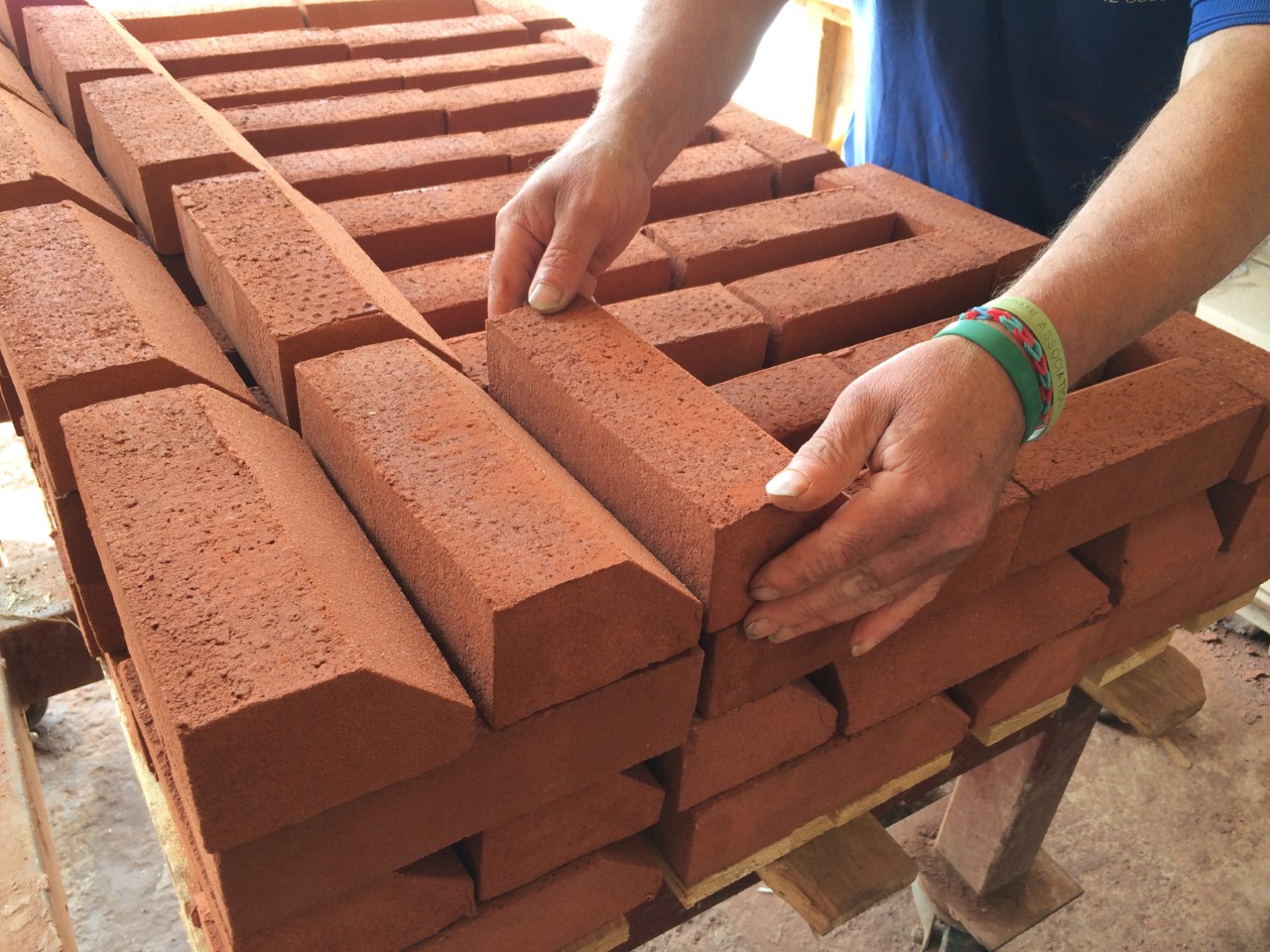
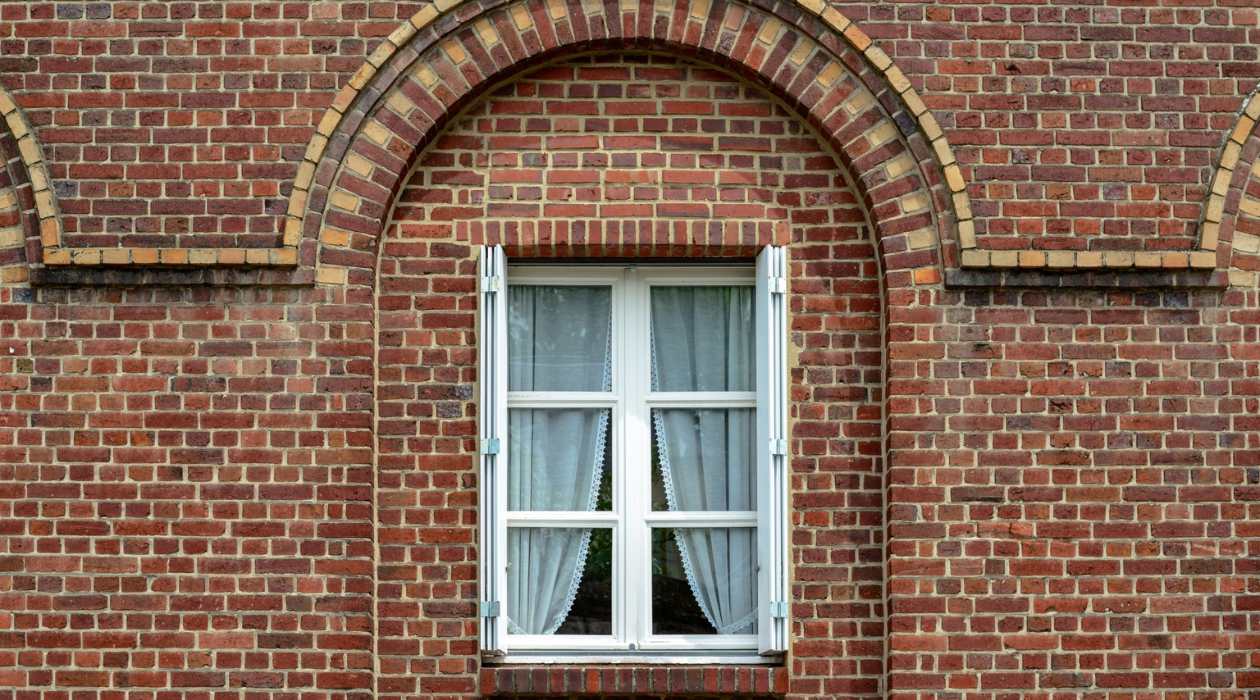
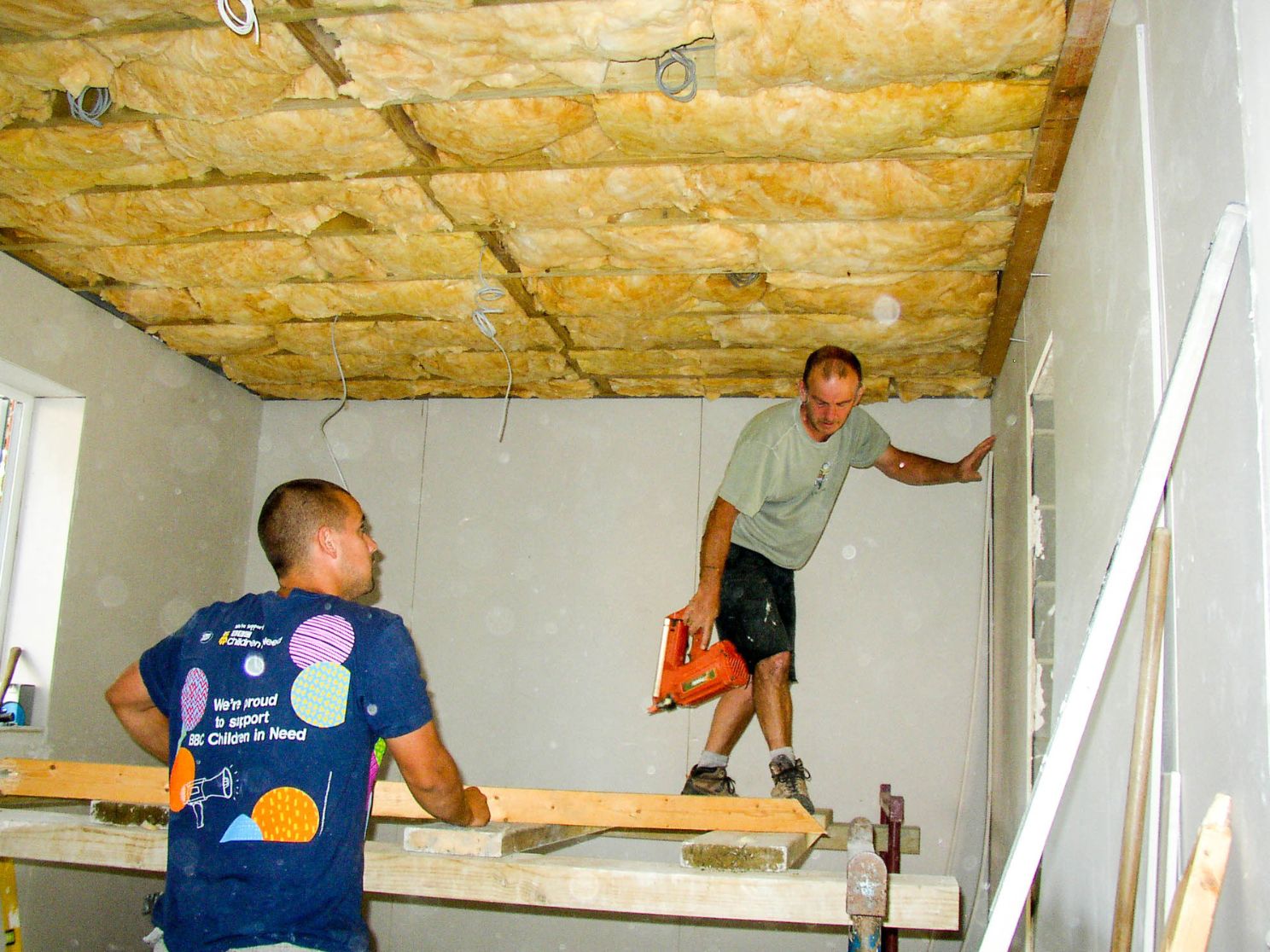
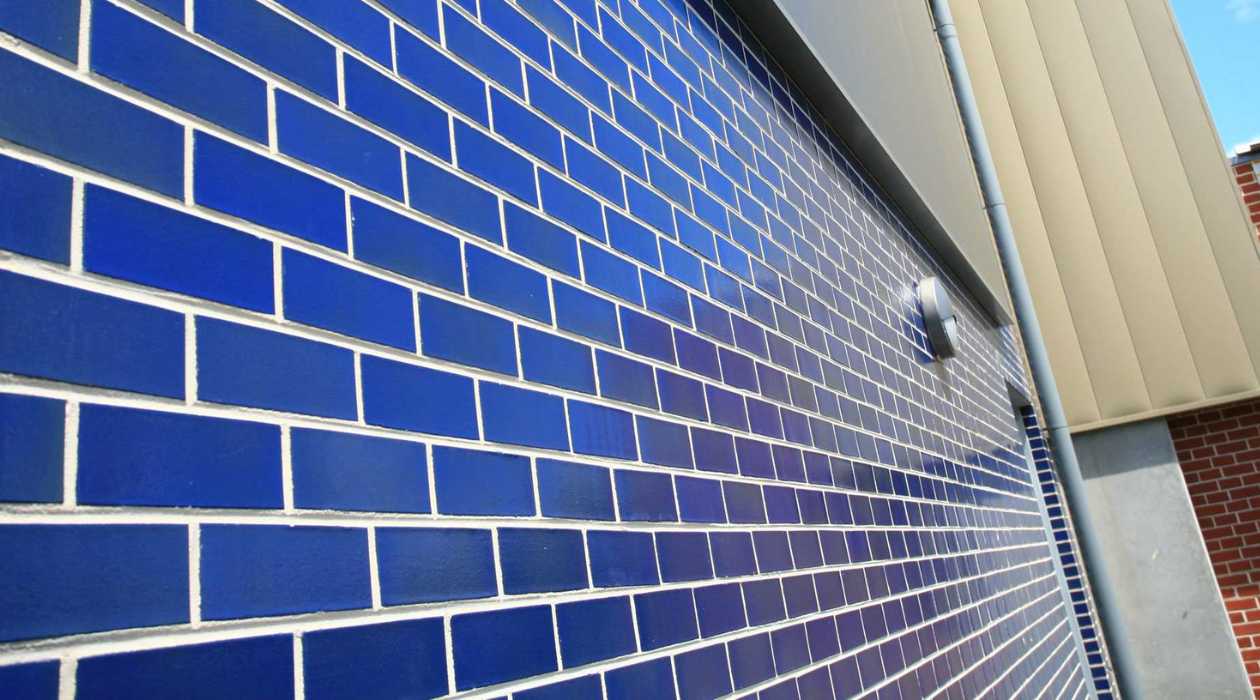
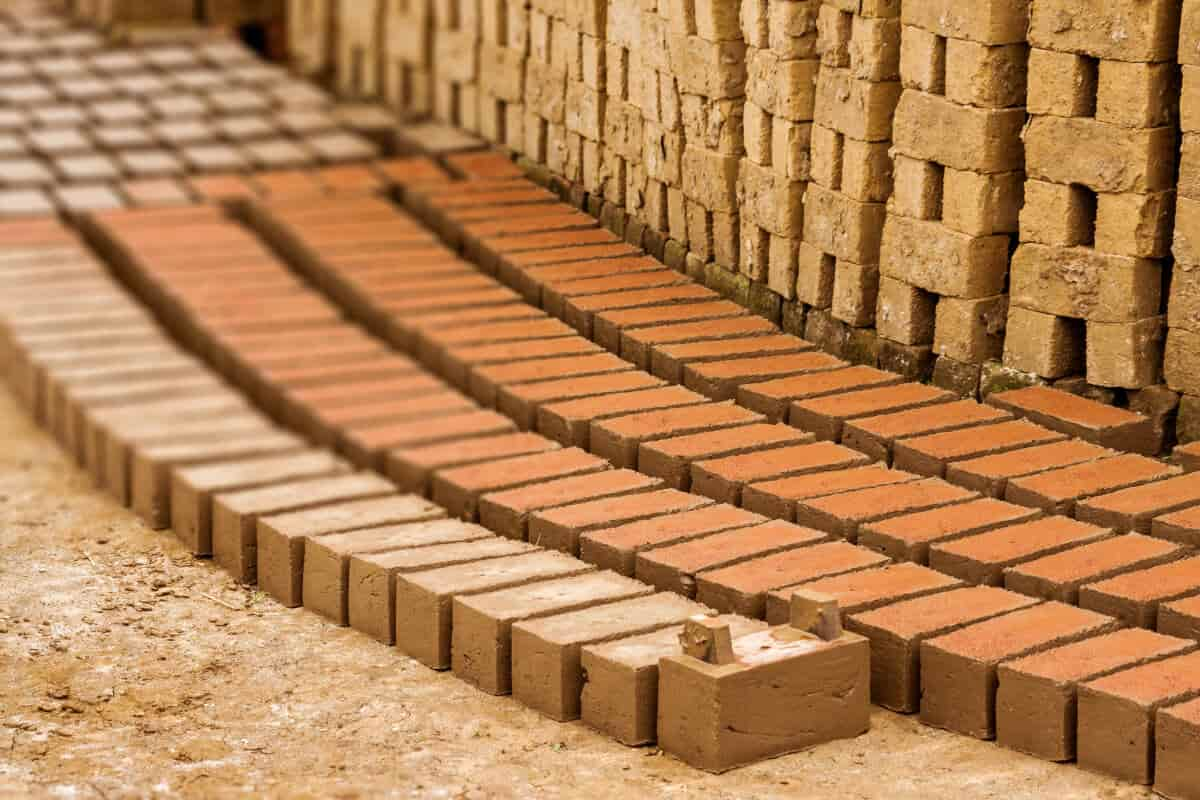

0 thoughts on “How To Insulate Brick”